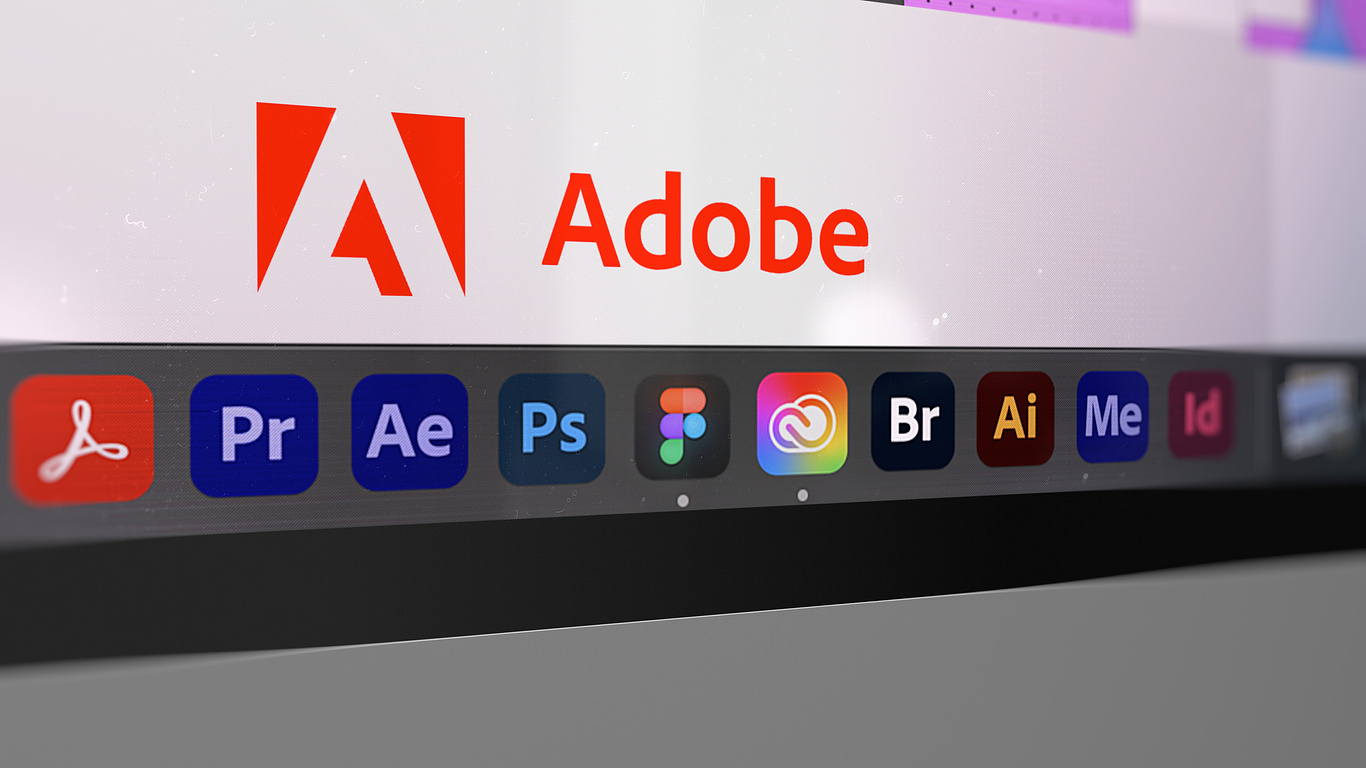
Industry News
Read this before making a decision on Adobe
A Balanced Perspective on Recent Controversies
The Adobe platform has long been a cornerstone for creative professionals, offering industry-leading tools such as Photoshop, Illustrator, Premiere Pro, and After Effects. However, Adobe’s recent controversy regarding its terms of service—specifically around content rights and the use of user-generated content for training AI—has led many creatives to reconsider their loyalty to the brand. This situation has sparked outrage and led some to explore alternatives, but is leaving Adobe the right decision for your creative workflow? Here's a balanced look at why you might want to reconsider a sudden departure from the Adobe ecosystem.
Unmatched Industry Standard
Adobe’s suite of products remains the gold standard in creative industries, from graphic design to video editing, and everything in between. Many creative agencies, production houses, and freelancers depend on Adobe tools for their compatibility, consistency, and the wide range of professional features. Leaving Adobe means adapting to a new workflow and possibly sacrificing the cross-functionality and seamless integration that many professionals rely on.
Ecosystem Integration
One of Adobe’s greatest strengths is the way its software integrates across the Creative Cloud. This allows users to move between apps—such as sending assets from Photoshop to After Effects, or editing in Premiere Pro and finishing in Audition—without friction. Many alternatives lack this level of integration, potentially complicating workflows and requiring workarounds that can slow down productivity.
Continuous Innovation
Adobe is continuously updating its software with new features and AI-powered enhancements that keep creative workflows efficient and cutting-edge. For example, tools like Adobe Sensei are embedded within apps like Photoshop and Premiere to provide intelligent features like auto-color correction, content-aware fill, and neural filters. While there are alternatives, they may not match Adobe's pace in adopting AI to assist creatives in working smarter.
Learning Curve for Alternatives
While there are indeed alternatives to Adobe’s products—such as Affinity Photo, DaVinci Resolve, and Canva—switching platforms often comes with a steep learning curve. Many professionals have spent years mastering Adobe's software, and while learning a new tool is possible, it may result in temporary slowdowns, missed deadlines, or reduced quality during the transition. It’s important to consider whether you have the time and resources to invest in learning new software while maintaining your creative output.
Adobe’s Response to Criticism
Although Adobe’s recent blunder regarding content rights raised significant concerns, the company has been responsive to user feedback in the past. When controversies arise, they often act quickly to clarify policies or introduce changes that respect user content rights. It's possible Adobe will further address these concerns in a way that retains user trust while also balancing their development of new technologies.
Cost vs. Capability
Alternatives to Adobe software often market themselves as more affordable solutions, which can be attractive to freelancers or small businesses. However, many of these alternatives may lack the advanced features or the breadth of tools that Adobe provides. It’s important to consider whether the cost savings are worth potentially losing access to tools that allow you to work more efficiently or produce higher-quality work.
Open Dialogue and User Advocacy
Adobe has a large user base and a strong community of creatives who actively voice their concerns. As a result, Adobe is often receptive to user advocacy and may be more willing to adapt policies in response to feedback. Instead of abandoning the platform, consider participating in discussions around these issues to help influence future decisions. Adobe's track record suggests that they may adjust their policies if enough users speak out.
Evaluating Your Needs
Before making a switch, take a hard look at your actual needs. If Adobe tools are critical to your workflow and help you deliver the quality your clients expect, the switch may not be worth the disruption. Conversely, if your work requires less complex features, then exploring alternatives could be a viable option. However, this decision should be based on a thoughtful analysis of your personal or professional workflow rather than a reaction to controversy.
A Reasoned Approach to Change a Conclusion
Adobe’s recent misstep regarding content and AI may have raised valid concerns, but abandoning a platform you rely on for professional success requires careful consideration. While exploring alternatives can be healthy for any creative, it’s important to weigh the potential loss of functionality, integration, and productivity against any perceived benefits. For now, Adobe remains the industry standard because of its robust tools, frequent updates, and cohesive ecosystem. Rather than rushing to switch platforms, creatives should engage with Adobe’s response to criticism and consider their own professional needs before making such a significant change.
The key is to make an informed decision—whether that means staying with Adobe or branching out to new tools—so that your creative work continues to thrive without unnecessary disruption.
Write as comment, I would like to know why you switched away from Adobe, if you have done so already, alternatively please share your reasons why you decided to hang around a little longer in the Adobe ecosystem.
You must be logged in to post a comment. Login here.
About this article
Adobe's recent controversy regarding the use of user-generated content to train AI has sparked widespread concern within the creative community, leading many to reconsider their reliance on the platform. While frustration over these policies is understandable, abruptly moving away from Adobe’s ecosystem may not be the best solution. As the industry leader in creative software, Adobe offers unparalleled tools, seamless integration, and constant innovation that many professionals depend on. This article explores why, despite the controversy, you might want to carefully weigh the pros and cons before making the decision to switch to alternative platforms.
visibility93
favorite_border0
mode_comment0



